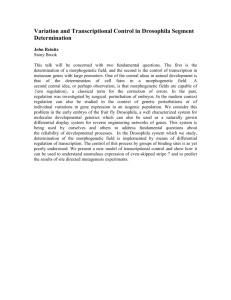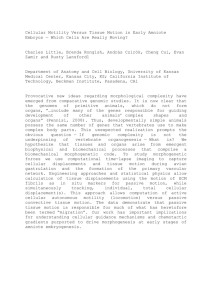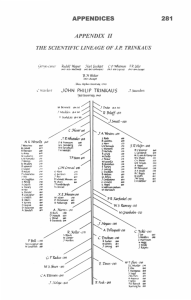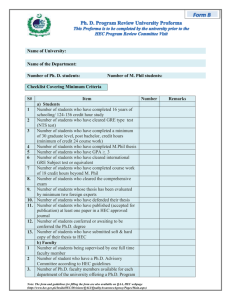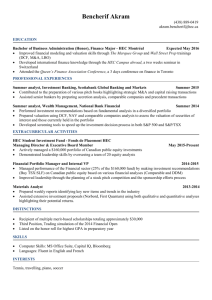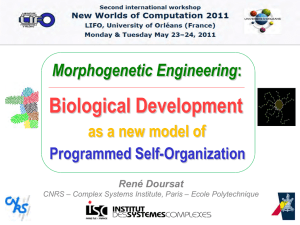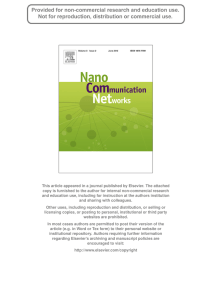Ahmad presentation - Society for Research into Higher Education
advertisement
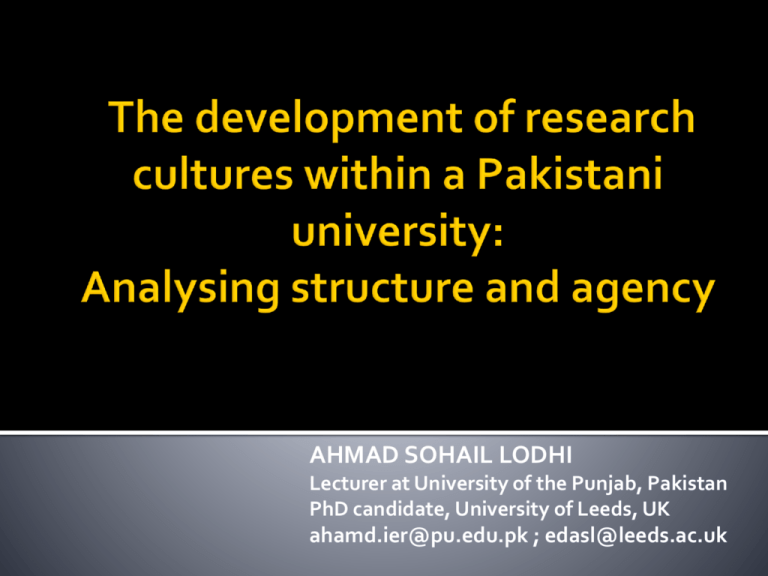
AHMAD SOHAIL LODHI Lecturer at University of the Punjab, Pakistan PhD candidate, University of Leeds, UK ahamd.ier@pu.edu.pk ; edasl@leeds.ac.uk About the project Journey to find Archer’s morphogenetic approach My experiences of understanding the approach The guiding role of the morphogenetic approach in this study Lessons learnt 2 The University: Regulated by the Higher Education Commission (HEC) of Pakistan but autonomous in articulating internal policies and practices Teaching as a dominant element Striving to promote research under the influence and support of HEC 3 The focus of my project was to examine factors influencing the development of research cultures in two social sciences faculties in a Pakistani public university. 4 Organisational culture Committed to shared norms, values and assumptions Do universities have an organisational culture? Archer ‘s conception of culture Heterogeneous ideas Interplay between the ‘parts’ and the ‘people’ 5 Difficult language and vocabulary Interconnected concepts Few empirical studies that used the morphogenetic approach 6 Conceptualizing the notion of research culture Ideational aspects of the model Choosing and developing instruments for data collection Informed by the stages of the morphogenetic cycle 7 Interview questions People’s views and perceptions about research e.g. it should be applied or pure etc. What, why and how questions Questionnaire item I have adequate time to conduct research (e.g., writing articles, books and presenting conference papers etc.)…................................ SD D N A SA Conceptualizing the notion of research culture Choosing and developing instruments for data collection Analyzing empirical data the morphogenetic framework as template 9 Periodisation to indicate the stages of the morphogenetic cycle Relatively straightforward task T1 T2 (when new leadership took over the university) T3 (when data was collected) 10 Articulation of Cultural and Structural emergent properties Sometimes difficult to sustain analytical distinction between culture and structure e.g. teaching-research Difficult task to maintain ‘analytical dualism’ while analysing interviews, especially, in case of cultural emergent properties 11 Necessary and contingent relations Mostly unproblematic to identify Influences of regulatory body (HEC) Discipline-specific influences on research practices Complementary and contradictory relations Easy to identify but difficult to handle 12 Time-consuming process Availability of literature about the context in relation to the problem Long time span (T2-T3) is preferable Knowledge about the context 13 14
